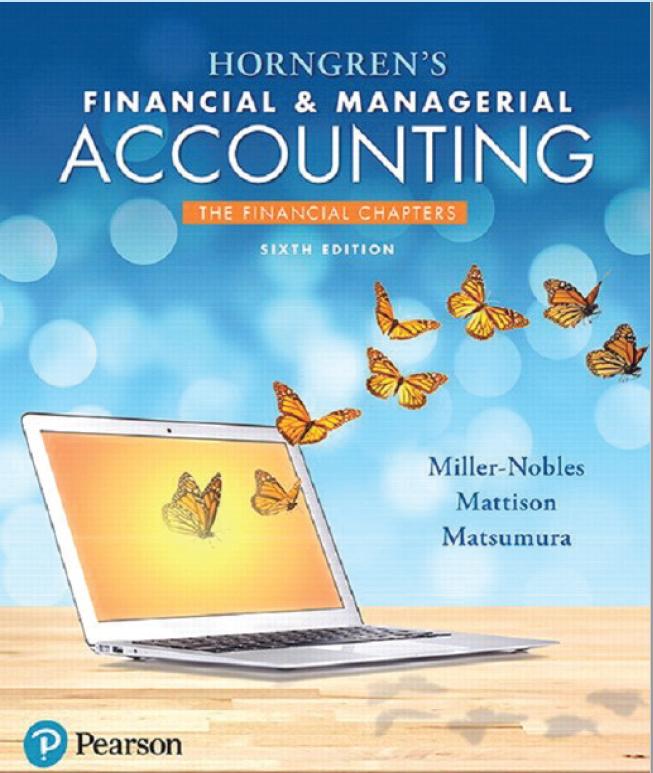Crystal Clear Cleaning uses the allowance method to estimate bad debts. Consider the following April 2019 transactions
Question:
Apr. 1 Performed cleaning service for Debbie's D-list for $13,000 on account with terms n/20.
10 Borrowed money from First Regional Bank, $30,000, making a 180-day, 12% note.
12 After discussions with customer More Shine, Crystal Clear has determined that $230 of the receivable owed will not be collected. Wrote off this portion of the receivable.
15 Sold goods to Warner for $9,000 on account with terms n/30. Cost of Goods Sold was $4,500.
28 Sold goods to Lelaine, Inc. for cash of $2,800 (cost $840).
28 Collected from More Shine, $230 of receivable previously written off.
29 Paid cash for utilities of $150.
30 Created an aging schedule for Crystal Clear Cleaning for accounts receivable.
Crystal Clear determined that $7,000 of receivables outstanding for 1-30 days were 3% uncollectible, $10,000 of receivables outstanding for 31-60 days were 20% uncollectible, and $5,870 of receivables outstanding for more than 60 days were 30% uncollectible. Crystal Clear Cleaning determined the total amount of estimated uncollectible receivables and adjusted the Allowance for Bad Debts. Assume the account had an unadjusted credit balance of $260. (Round to nearest whole dollar.)
Requirements
1. Prepare all required journal entries for Crystal Clear. Omit explanations.
2. Show how net accounts receivable would be reported on the balance sheet as of April 30, 2019.
Accounts Receivable
Accounts receivables are debts owed to your company, usually from sales on credit. Accounts receivable is business asset, the sum of the money owed to you by customers who haven’t paid.The standard procedure in business-to-business sales is that... Aging Schedule
Aging schedule is an accounting table that shows a company’s account receivables. It is an summarized presentation of accounts receivable into a separate time brackets that the rank received based upon the days due or the days past due. Generally... Balance Sheet
Balance sheet is a statement of the financial position of a business that list all the assets, liabilities, and owner’s equity and shareholder’s equity at a particular point of time. A balance sheet is also called as a “statement of financial...
Fantastic news! We've Found the answer you've been seeking!
Step by Step Answer:
Related Book For 

Horngrens Financial And Managerial Accounting The Financial Chapters
ISBN: 9780134486840
6th Edition
Authors: Tracie L. Miller Nobles, Brenda L. Mattison, Ella Mae Matsumura
Question Posted:





